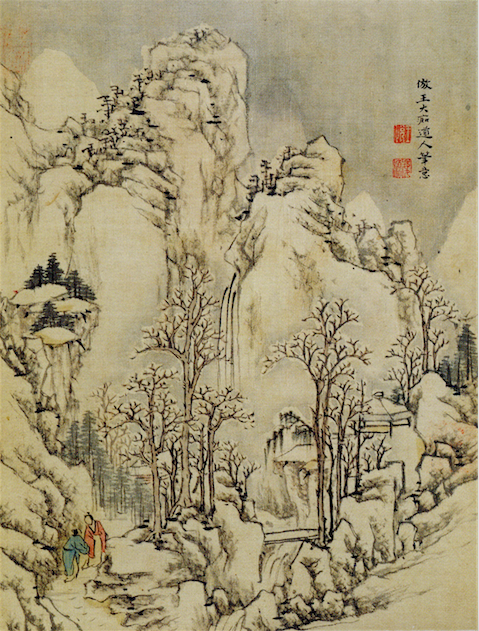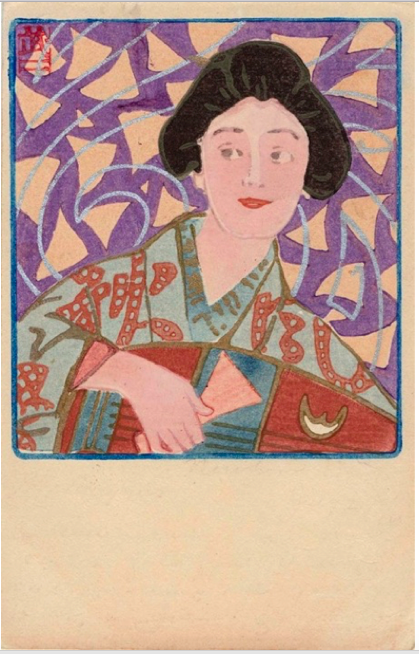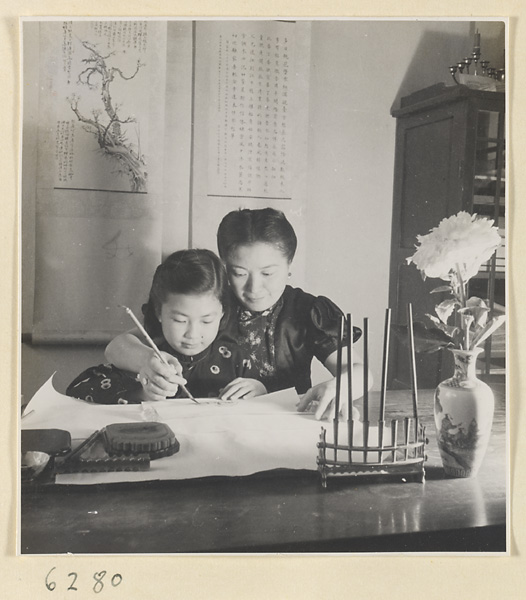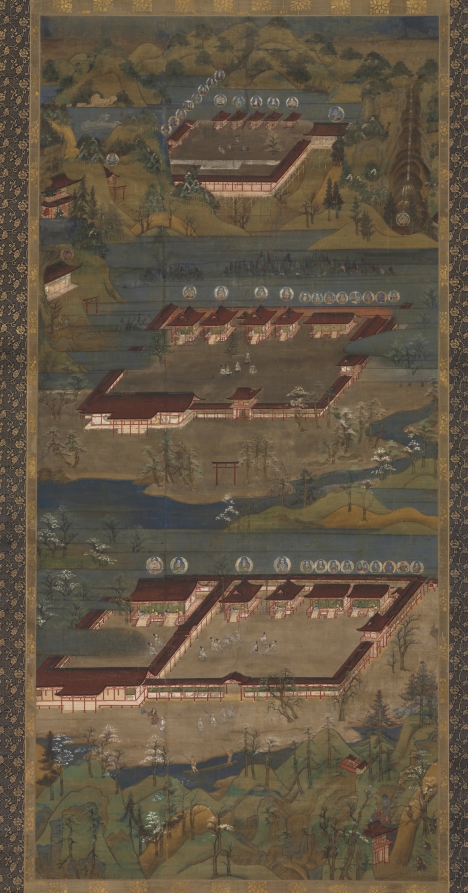Roberta Wue, Associate Professor
Art History and Visual Studies Department, University of California-Irvine
Xugu Abstractions

Among its innovations, late Qing Shanghai painting may count intriguing experimentation in the rendering of space and the multi-dimensional. The work of the monk painter Xugu (1823-1896) can be said to exemplify a period curiosity about the nature and construction of pictorial space. In his paintings, especially his landscapes and still-life subjects, the representation of space becomes an important theme, often challenging conventional concepts of positioning, orientation and order. Though couched in the terms and genres of “traditional” ink painting, Xugu’s works often appear to acknowledge western notions of geometry and perspective but not in blind imitation — his works as a whole can be understood to acknowledge, disrupt and reorder indigenous and imported notions of depicted space. Space, of course, is also a term for positioning and the inter-relationship of persons, things and places; thus, Xugu’s treatment of visual space can be seen not only as a topical, intercultural and intermedial investigation into pictorial technologies and genres, but also a meditation on cultural, social and personal placement and order.
All sessions will take place in the Cochrane-Woods Art Center (CWAC)
Room 156 4:30-6:30pm
Persons with concerns regarding accessibility please contact tingtingxu@uchicago.edu








